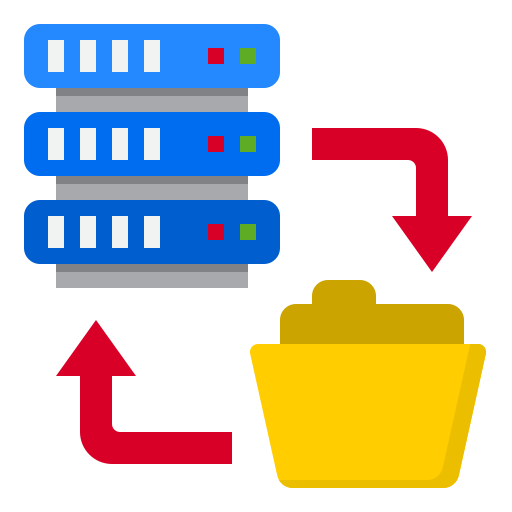




Making a copy of your data so that it may be restored if the original is lost or corrupted is known as data backup. Any disaster recovery strategy must include data backup since it can speed up the process of restoring your company to normal operations following a crisis.
The ease of usage and low cost of external hard drives make them a popular option for data backup. Copy your files to the external hard drive by simply connecting it to your PC.
The use of cloud storage services like Google Drive, Dropbox, and Microsoft OneDrive provides a simple and dependable method for data backup. Your files can be automatically backed up to the cloud so they are always secure.
NAS devices are network-connected storage devices that can be used to back up data from multiple computers on a network. NAS devices typically offer more features than external hard drives, such as data encryption and access control.
The frequency of data updates will determine how frequently you should back up your data. You may need to back up your data every day if it changes often. You can back up data on a weekly or monthly basis if it changes less regularly.
This will safeguard your data in the event of a catastrophe. You could, for instance, retain a backup of your data in the cloud and another on an external hard drive at home.
Test your backups frequently to make sure they are functioning properly. You can accomplish this by utilizing a data backup testing software or by restoring a backup to a spare machine.
An essential component of any disaster recovery plan is data backup. You can contribute to ensuring that your data is always protected by using these suggestions.